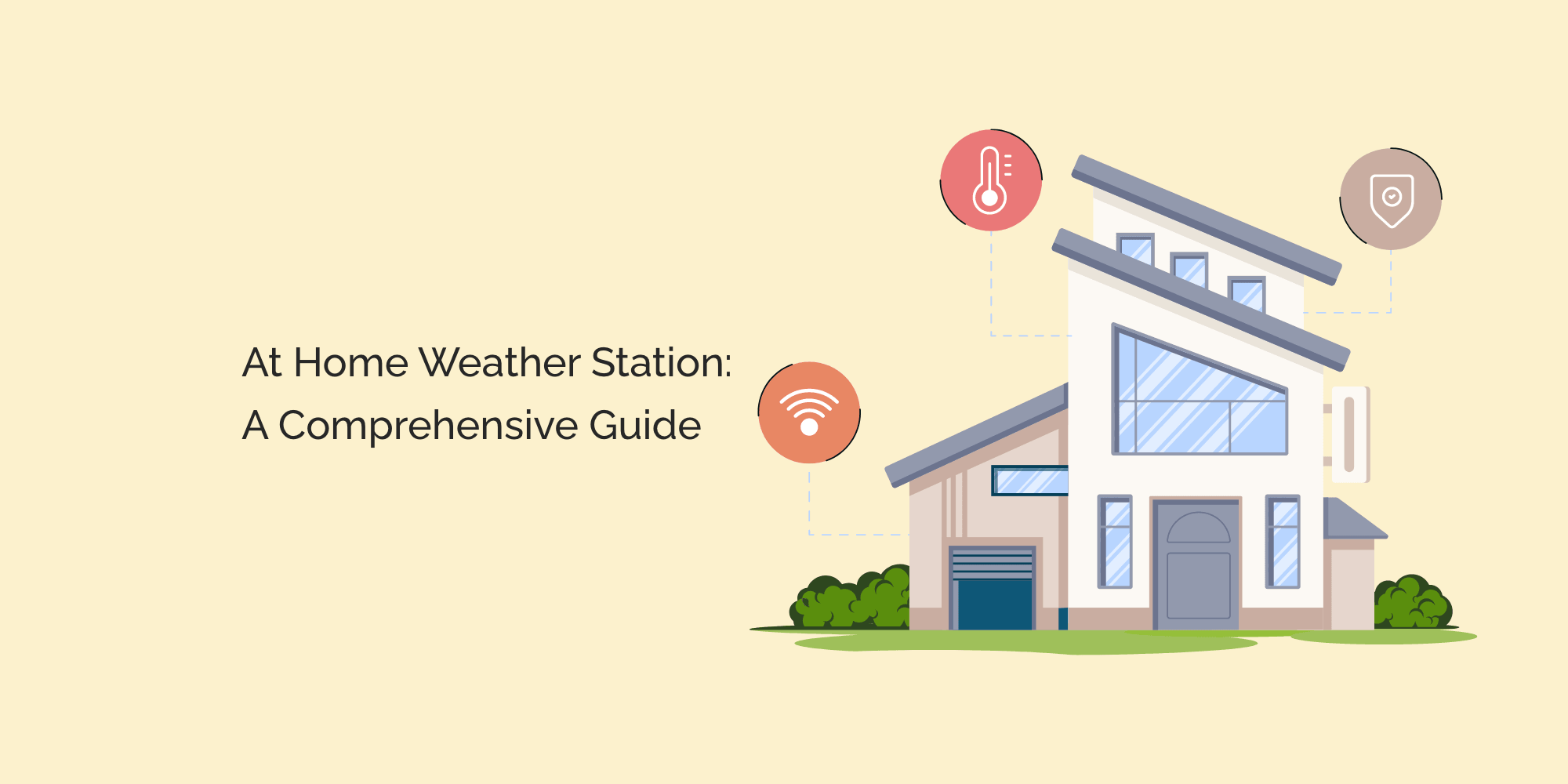Weather plays a crucial role in our daily lives, and having access to accurate weather information can help us make informed decisions. With the advancements in technology, it is now possible to have your own weather station at home. In this article, we will discuss everything you need to know about setting up an at-home weather station.
Why Set Up an At-Home Weather Station?
An at-home weather station provides you with real-time weather information specific to your location. This information can be used to plan outdoor activities, monitor weather patterns, and prepare for severe weather conditions. Additionally, having your own weather station can be a fun and educational experience for you and your family.
Choosing the Right Weather Station
When choosing a weather station, there are several factors to consider. The first factor is the type of weather data you want to collect. Some weather stations only provide basic temperature and humidity readings, while others can measure wind speed, rainfall, and air pressure. You should also consider the accuracy of the weather station and its durability.
Setting Up Your Weather Station
Once you have chosen your weather station, it's time to set it up. The first step is to find a suitable location for your weather station. Ideally, the location should be away from any obstructions that could affect the accuracy of the readings, such as buildings or trees. You should also ensure that the weather station is mounted securely to prevent it from being blown away by strong winds.
Connecting Your Weather Station
Most modern weather stations come with wireless connectivity options, allowing you to connect your weather station to your smartphone or computer. This allows you to access real-time weather data from anywhere, at any time. To connect your weather station, you will need to follow the manufacturer's instructions and download any necessary apps or software.
Interpreting Your Weather Data
Collecting weather data is only useful if you know how to interpret it. Most weather stations come with software that can help you analyze your data and identify patterns. You can also use online resources to learn more about weather patterns and how to interpret your data.
Using Your Weather Station for Forecasting
One of the most useful applications of an at-home weather station is forecasting. By monitoring weather patterns over time, you can make educated guesses about future weather conditions. This can be especially useful for planning outdoor activities or preparing for severe weather events.
Sharing Your Weather Data
Many weather enthusiasts enjoy sharing their weather data with others. There are several online communities where you can share your data and connect with other weather enthusiasts. Sharing your data can also contribute to a larger network of weather data, which can be used by scientists and meteorologists to improve weather forecasting.
Maintaining Your Weather Station
To ensure the accuracy of your weather data, it's important to maintain your weather station properly. This includes regularly cleaning the sensors and checking for any damage or wear and tear. You should also ensure that the batteries are replaced regularly and that the wireless connectivity is working correctly.
Conclusion
An at-home weather station can provide you with valuable weather information specific to your location. By choosing the right weather station, setting it up correctly, and interpreting your data, you can make informed decisions about outdoor activities and prepare for severe weather events. Additionally, sharing your data with others can contribute to a larger network of weather data and improve weather forecasting.








